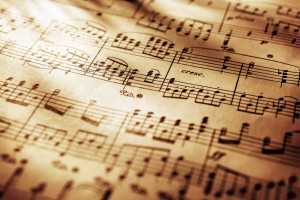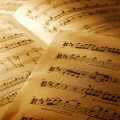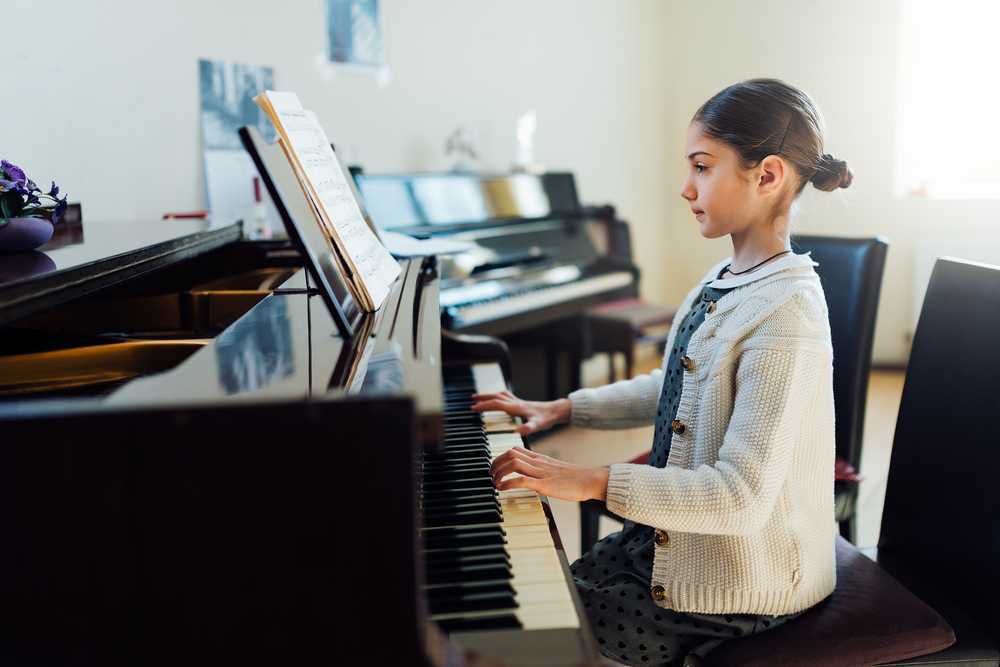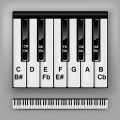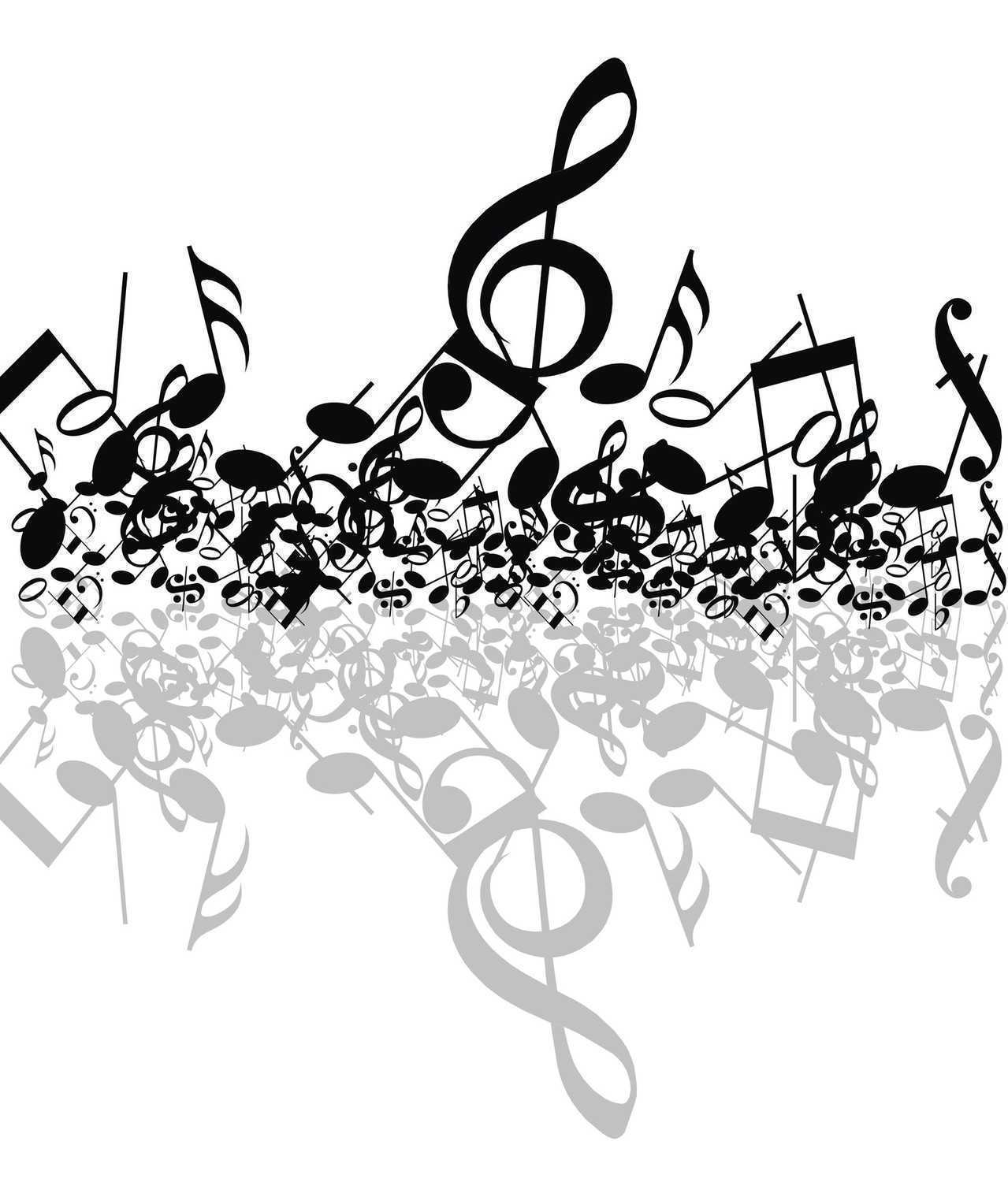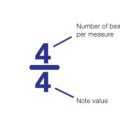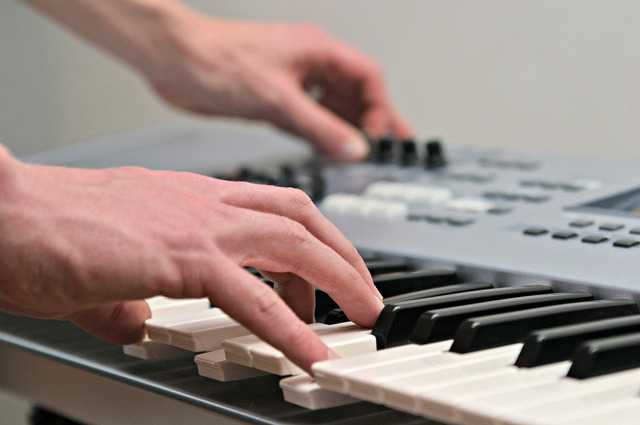Learning how to read music – specifically, sight reading music – is one of the most difficult things that a beginner musician needs to do. Compared to people three or four generations in the past, people today have very little experience with sheet music. Everybody has probably seen sheet music, but actually reading it is a skill that has faded quite a bit from general society. At the very basic level, you already do have the skills required for reading sheet music. You need only take skills that you use every day and translate them to a new skill.
Hear the Word
You may have played this game before. Look at anything with words on it – a billboard, a magazine, an Internet page, whatever – and try not to read it. What will happen is that you will see the words and, immediately upon recognizing them, you will hear the words in your head. This is exactly how people who are very experienced with sheet music use sheet music to understand what a composer intended.
When you have enough experience working with reading music, when you see a concert pitch A, you will hear 440 Hz in your head. When you see a group of 4 16th notes, your eyes will skip over them in the same amount of time that it would take them to move over a quarter note in the same piece, provided that the music is flowing at the same rate, of course.
It can take a long time to develop this skill. Most of the time, theory professors will teach students singing to help them develop the skill necessary to sight read. There is something about actually learning to sing that helps a lot of students learn how to read music. Of course, this likely has to do with the same effect that happens when children learn how to read. They already know how to speak, and all they are doing when they learn how to read is to interpret a written representation of spoken words. When you learn how to read music, you’re simply learning how to interpret a written representation of sung tones.
Getting Started
Just like learning to read books, it’s best to start at the beginning with reading music. Start by learning the note names and how those names relate to pitches in your voice and on your instrument. There are several clefs that music can be written in, but the most common are bass and treble clef. Bass clef is generally used to notate lower pitched instruments and voices and treble is used for higher pitched voices and instruments. Piano students will need to learn to read both clefs since their music spans several octaves and is written in both at the same time. It can be helpful to use mnemonic devices to remember the note names. The example below shows mnemonic devices that can be used for the lines and spaces of bass and treble clef, but the possibilities are endless. Find something that will stick for you and soon you’ll be able to name the notes without even having to think about it!
In addition to learning note names and how they relate to your instrument, it’s also a good idea to learn how they sound and feel when you sing them. Learning sight singing can make a big difference in how easy it is for you to read sheet music. Most colleges require all musicians to take classes in sight singing, so even if your teacher doesn’t provide formal voice lessons they very well may be able to work with you on sight singing in order to improve your sheet music reading abilities.
The other big part of reading music is note duration. Just like reading words, you need to combine the letters in different combinations to make words and sentences. By combining notes in different patterns and playing or singing them for different lengths of time, you create very different sounding songs. Luckily, note lengths are very logical and once you figure out how the math works they’re pretty easy to combine with the note names.
As you can see in the above example, a whole note spans the entire measure in common time, adding up to four beats. Half notes, however, are only two beats long and so two are needed to fill the measure. Quarter notes are 1 beat, eighth notes are 1/2 of a beat, and sixteenth notes are 1/4 of a beat. When combined with the various pitches, the musical possibilities are endless, just like words!

